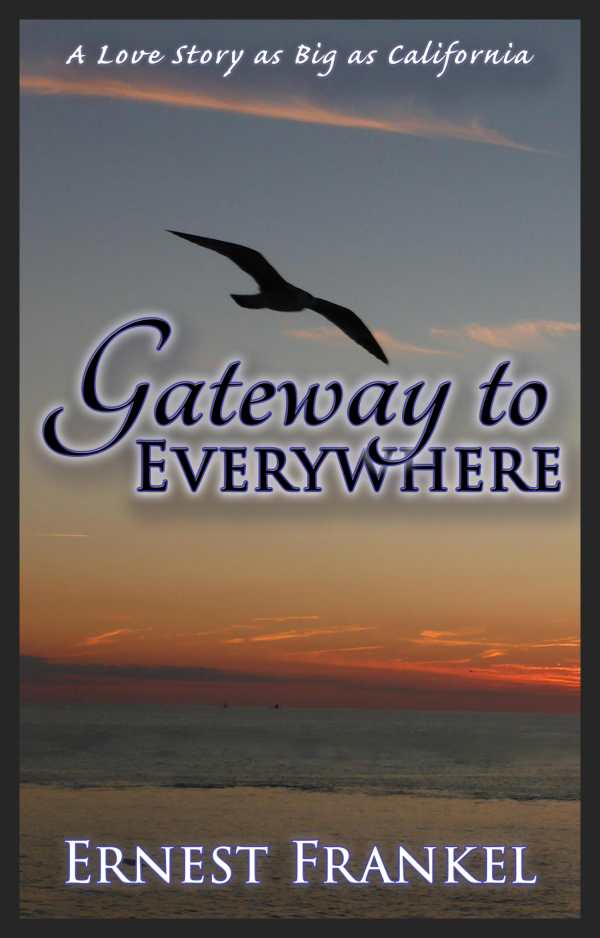Gateway to Everywhere
This is a raw and sprawling look at southern California in the days before its Hollywood reputation.
Ernest Frankel’s Gateway to Everywhere is a big, sprawling look at the settlement of southern California circa 1900. Young American newlyweds Shannon and Clay Alexander escape China during the Boxer Rebellion to settle there, taking over a ranch started by Clay’s deceased father. The couple soon finds that the “ranch” is nothing more than a falling-down shack and abandoned fields, but Shannon and Clay are young and intrepid, and they work to make the raw, drought-ridden land produce lemons, grapefruit, and dates. The story of their marriage and the settlement of the country around them, now known as Palm Springs, covers fifteen years and more than six hundred pages.
The story is carried by Shannon. Though she is a bit of a bodice-ripper heroine at first, both tempestuous and overly fond of double entendres, Shannon quickly emerges as a fully formed character who is smarter, tougher, and wittier than originally expected. In developing her character, the book does an especially good job describing the life of ranch women, accurately capturing the backbreaking labor, the loneliness, and the sadness as their looks fade under a harsh sun.
Also well drawn are the other settlers of the region, a multicultural mix of easterners, Mexicans, and Russian Jews who emerge as individuals rather than cultural stereotypes. Clay is less fully realized, more of a two-dimensional swashbuckler than he is flesh and blood.
Some scenes are gripping, as when Shannon gives birth alone in a freezing storm and when she displays anguish and wit as she punishes her husband’s would-be mistress. Shannon’s dialogue is often sharp and clever, too, though men’s turns of phrase, like “tarnation” and “He needed killing,” seem borrowed from television westerns. Just one metaphor is never used if four or five can be fit in, and overwriting blurs what could have been single, memorable images. Sentence fragments are also off-putting, and the book sometimes seems to run too long.
The pace is mostly even, filled with events that are satisfying rather than suspenseful. The most compelling developments come when the Alexanders and their small circle of neighbors dominate the stage. The last third of the novel lags as the focus shifts to national and world events, like visits from Sarah Bernhardt and Theodore Roosevelt, and America’s participation in Pancho Villa’s revolution. Shannon is almost entirely absent in the last hundred pages, which are anticlimactic.
Gateway to Everywhere provides an often colorful view of southern California in the raw, tumultuous years before the First World War.
Reviewed by
Susan Waggoner
Disclosure: This article is not an endorsement, but a review. The publisher of this book provided free copies of the book and paid a small fee to have their book reviewed by a professional reviewer. Foreword Reviews and Clarion Reviews make no guarantee that the publisher will receive a positive review. Foreword Magazine, Inc. is disclosing this in accordance with the Federal Trade Commission’s 16 CFR, Part 255.

